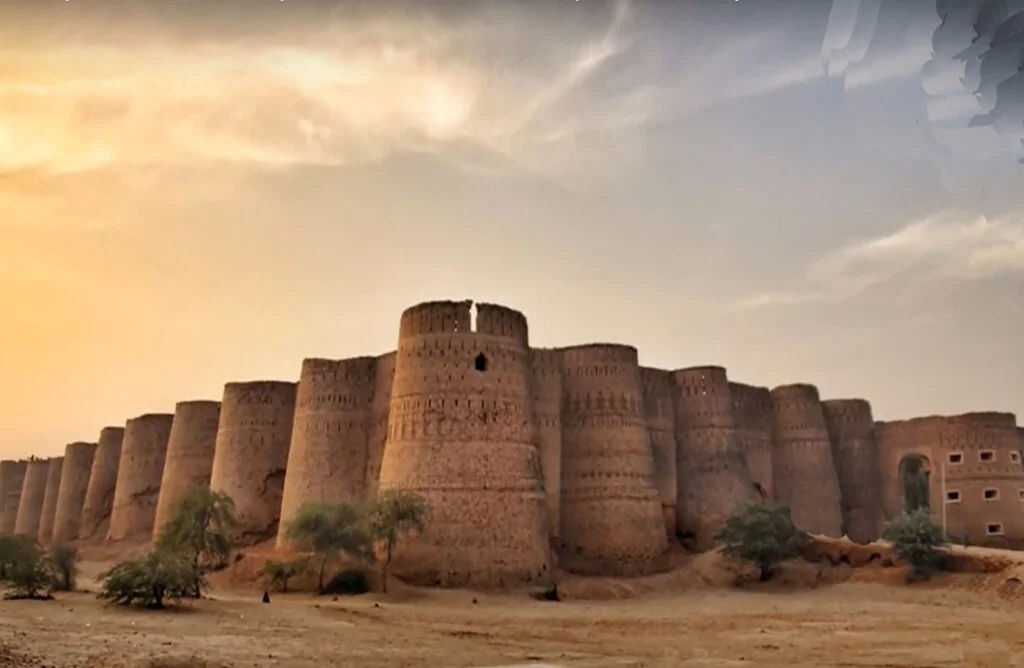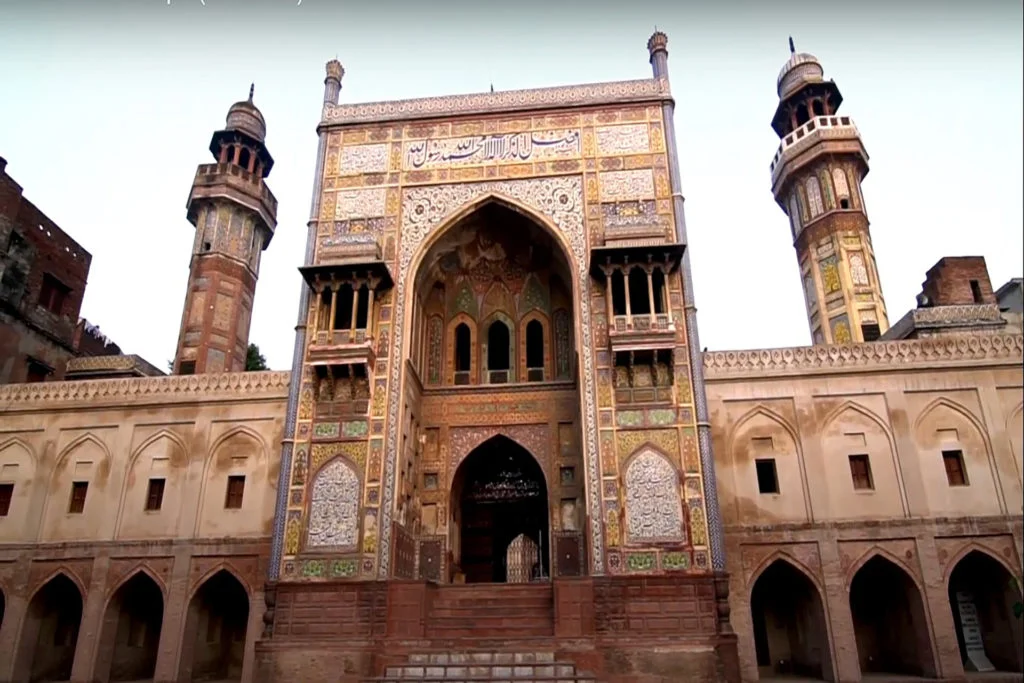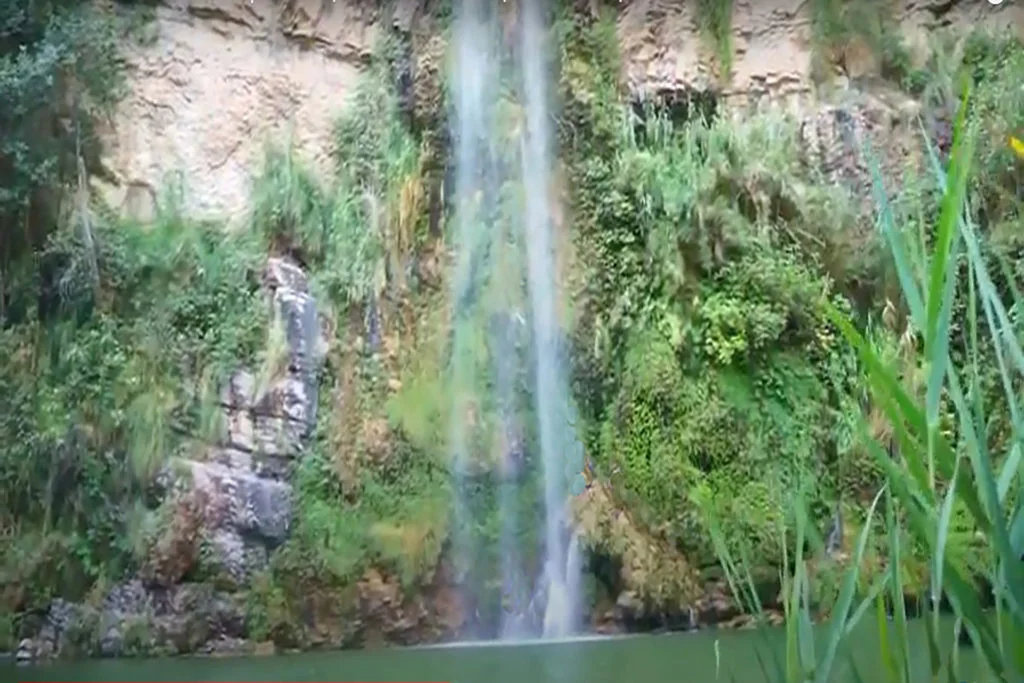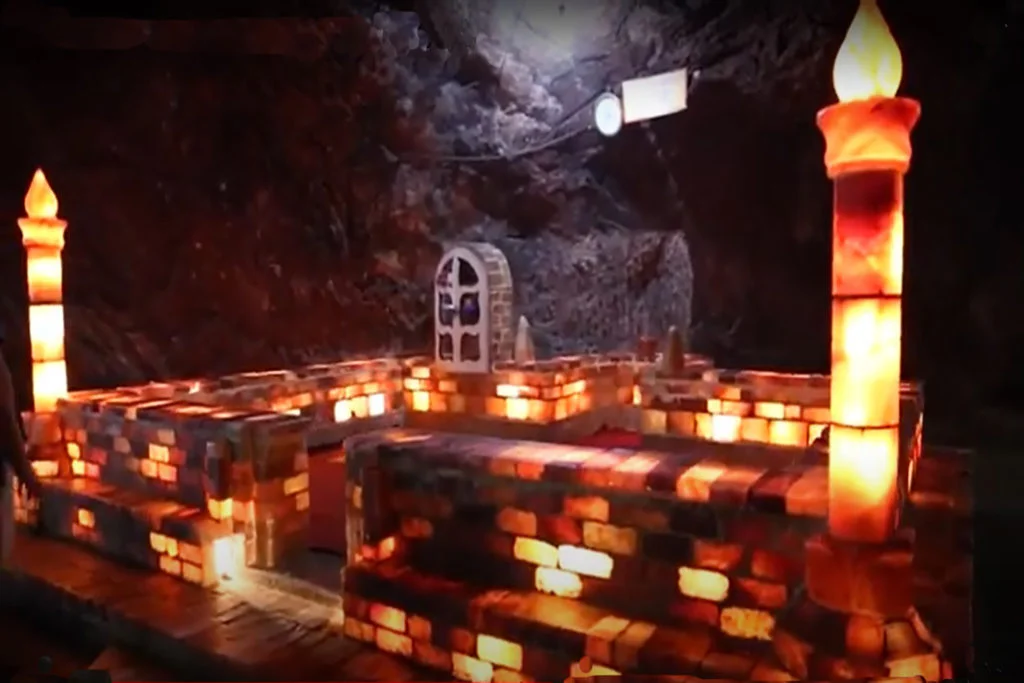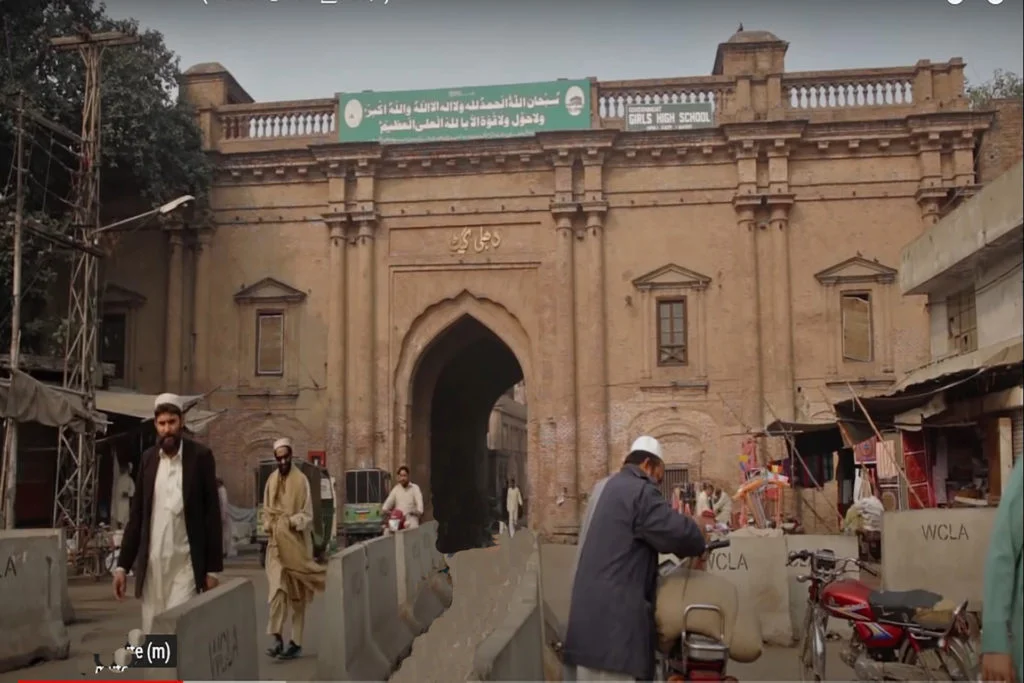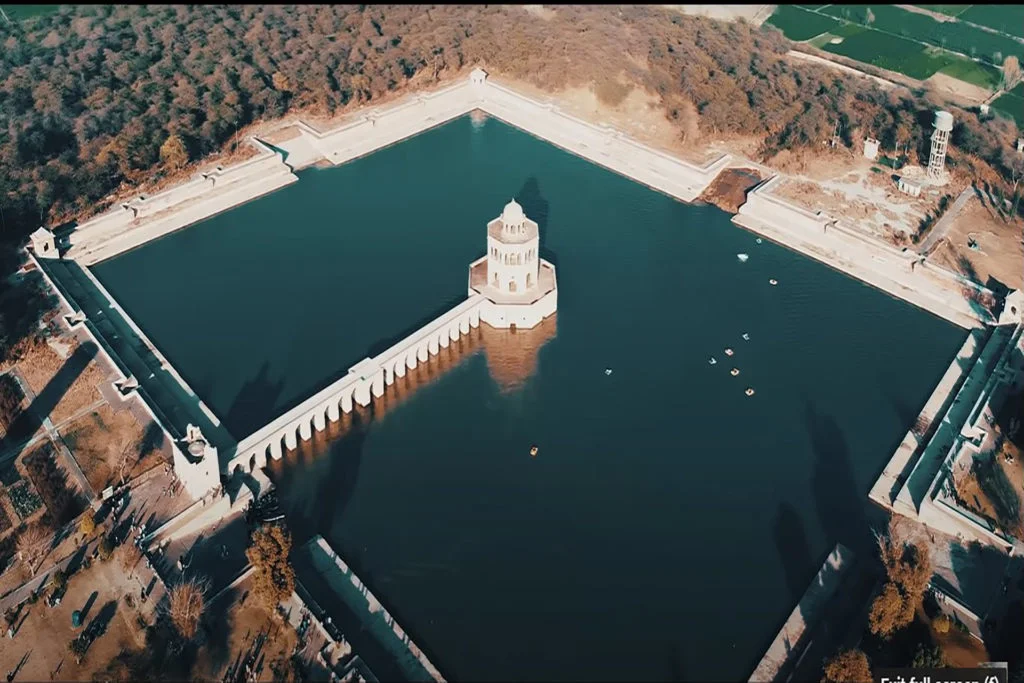Qila Derawar Fort Bahawalpur in the Cholistan Desert is a large fort designed in square shape located in Ahmadpur East Tehsil of Bahawalpur, Punjab, Pakistan. It is located around 130 km south of the city of Bahawalpur. The 40 bases of Derawar Fort are visible for miles of the Desert of Pakistan. The walls have a diameter of 1,500 meters and are 30 feet high.
The fort of Derawar was first built in the 9th century AD by Rai Jajja Solanki, the Hindu Rajput ruler of the Solanki family, as a tribute to Rawal Deoraj Bhati, king of Jaisalmer and Bahawalpur. The fort was originally called Dera Rawal and was later renamed Dera Rawar, which later became known as Derawar, after its present name.
History of Derawar Fort
In the 18th century, the fort was captured by the Muslim Nawabs of Bahawalpur in the Sahotra tribe. It was rebuilt in its current form in 1732 by the Abbasian ruler Nawab Sadeq Muhammad, but in 1747 the fort withdrew from their control due to Bahawal Khan’s concern for Shikarpur. Nawab Mubarak Khan took the castle back in 1804. The 1,000-year-old catapult shells are found in the rubble near the decaying wall of the castle.
Nawab Sadeq Muhammad Khan Abbasi V, the 12th and last ruler of the Bahawalpur region, was born in this fortress in 1904.
This historically important fortress presents a magnificent structure at the heart of the Cholistan desert, but it is rapidly declining and needs urgent measures to protect its preservation.
Bastions are 30 meters high around the castle, as well as walls that take a distance of more than 1.5 miles. The castle facade made of red brick appears to glow with heat and is visible for miles. Even the castle structure, accessible by stairways, has its own beauty. There is also a long underground railway tunnel connecting Sadiq Ghar Palace to the Fort.
Qila Derawar Fort Bahawalpur in Cholistan was also connected to other fortresses by a series of underground channels. On the ground floor, there were offices, a small jail, a plank, a pool, and living rooms. It is believed that every Thursday, the Nawab sahib visited the castle and held an open court with his assistants, rendering a decision on various cases, including the larger ones.
Derawar Fort attracts a large number of local, national, and international tourists during the winter. Visitors used to go down the stairs to the basement, but today that would not be possible since the tunnels were closed. Because of its deteriorating condition, the entire castle could collapse quickly, provided the authorities continue to ignore it. Sadly, the visitors are also guilty, as they carelessly walk around the various buildings, eating on site and dumping garbage inside the castle.
Preservation of Derawat Fort
Just ten years ago, the castle was in excellent condition. Visitors often walked a mile or more through the tunnel and could see a series of tunnels leading up to various rooms. But the stairs leading up to the stairs have now collapsed. Most of the bastions have cracks, and some bricks fall off.
Pictures Gallery













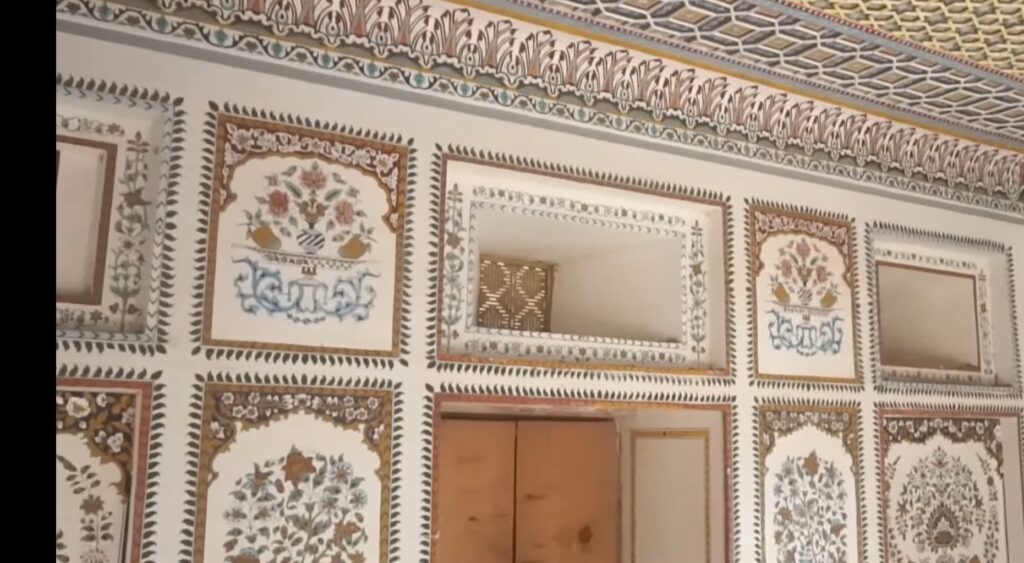
Preservation of Derawar Fort
This historically important fortress presents a magnificent structure at the heart of the Cholistan desert, but it is rapidly declining and needs urgent measures to protect its preservation. Otherwise, the nation will lose this precious heritage.
Qila Derawar Fort Bahawalpur in the Cholistan desert is an important tourist destination. The off-road Cholistan Desert Jeep Rally or TDCP Cholistan Jeep Rally was recently established near Derawar Fort in Ahmadpur East Tehsil.
There are not many known facts about the castle available. The amazing landscape of Cholistan makes it an ideal destination. The last 40 km of connecting road is damaged and it is best to complete this drive before sunset.
Qila Derawar Fort Bahawalpur in Cholistan is a magnificent castle, visible for miles. The big castle is beautiful and scary – just thinking about how much work it took to build. It’s really amazing.
Qila Derawar is a magnificent castle in Bahawalpur, in the wilderness of Rohi (Cholistan), owned by the Abbasi family. The exterior is well maintained and suggests that it is well cared for, alas the interior is dilapidated and like it has been abused in the military past.
Qila Derawar Architecture
Qila Derawar Fort Bahawalpur in the Cholistan desert has 39 large bases (bastions), four in each corner, nine on three sides covering the West, South, and North, and eight on the east side. It is most impressive from the Outside, that the latest conservation program has elevated the area but still needs more attention.
The large 40 Bastian square 100 ft high in the desert is very attractive. The trek to the desert is especially dangerous on rugged roads, large fields of wheat on both sides of the road, camels, goats, cattle, and large pieces of brown sand. The fort was built almost 1000 years ago in a protective viewing area.
Basic facilities such as toilets, restaurants and a guide need to be upgraded. No sign boards, and no guide available. In the hot summer (April-September) it is best to visit in the morning or in the afternoon.
There are no arrangements for overnight stays. The road is safe when traveling at night.
Camping can be a good options also.
Qila Derawar Fort Bahawalpur in Cholistan is an amazing place to see south of the Punjab. Even the beauty of Cholistan is greater than ever. The view of the sun in the desert is amazing. The best place to camp for fun with friends and family. I have visited this place more than 10 times, but every time I visit I go out a lot to be there.
Derawar Fort, southeast, on the edge of the Cholistan desert, makes for a fun day outing from Ahmedpur East of Bahawalpur. The massive tower is over a surrounding desert and can be seen from miles around. The large walls, supported by large circular buttocks, stand 40 feet (130 feet) high and 1.5 miles (1.5 km) in circumference. The site was taken over by the Abassi family of Raha Rawal Singh of Jaisalmer in 1733, at the time a modern fortress was built.
The whole area around Derawar Fort was once well-watered by the Ghaggar River (now called Hakra in Pakistan, also known in ancient Vedic times as the Sarasvati). Over 500 kilometers of dry river there are more than 400 archeological sites, many dating back to the Indus Civilization. In the 18th century, 12,000 people lived under the walls of a castle. Until 1960 Derawar was irrigated, but later, under a new international agreement, water from the Sutlej River was diverted to India, and Derawar Fort was abandoned.
Now the old canal has been cleared and new ditches have been dug and you can see the farms around Derawar, and the paved road is connected to Ahmedpur East. This castle is more impressive on the outside than on the inside. It’s weird to see. You can also visit other historical monuments such as the white marble mosque in front of the 1849-built fortress of Nawab’s holy man, Pir Ghulam Farid. The marble and blue tiles of Nawabs and their families are located a few hundred feet east of the castle. There is also the beautiful marble tomb of the last English Queen.
Exploring this Historical Fort is a must, and your journey should begin at the courtyard of Abbasi Masjid, continuing on to the Nawab’s tomb, which is a mere 3-minute stroll from the Darawar Fort.
This architectural marvel stands as one of the most impressive structures in the region, easily surpassing other Nawab palaces in terms of its grandeur. The best moments to experience its magnificence are during the golden hues of sunrise or sunset. Located approximately 45 kilometers away from Ahmed Pur East (Dera Nawab Sahib), the journey takes around 2 hours from Bahawalpur, and you’ll conveniently follow a well-paved highway to reach your destination.
En route, you’ll be greeted by sprawling farmlands and pockets of untamed wilderness, offering a picturesque landscape to appreciate. The roadside may even present an unexpected, beautiful opportunity for exploration.
While much of the castle is aged, there are ongoing restoration efforts to preserve its historical significance. Nearby, an impressive mosque stands, and you’ll also find the final resting place of the Nawabs, although it might not be accessible to the public due to cemetery restrictions. To ensure you have provisions, it’s advisable to bring your own food and drinks, as there are only a few shops nearby.
An added point of interest lies just half a mile away from the Sahaba tombs, commemorating the friends of the Prophet Muhammad, peace be upon him. This site promises a rich and immersive experience, combining history, architecture, and the tranquil beauty of its surroundings.

